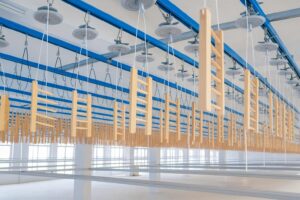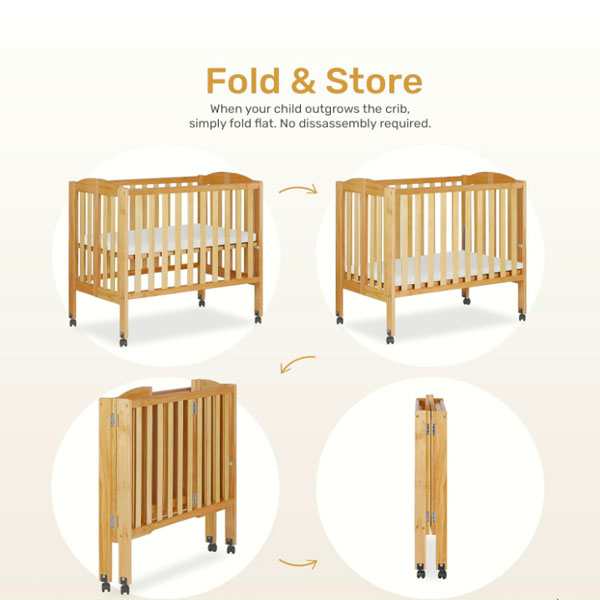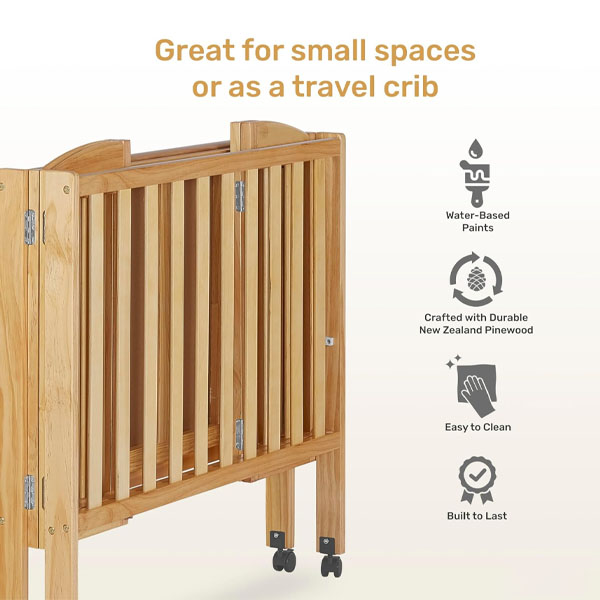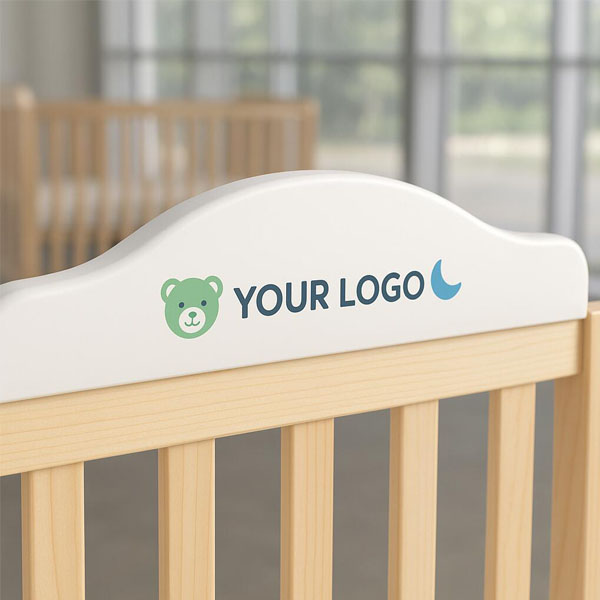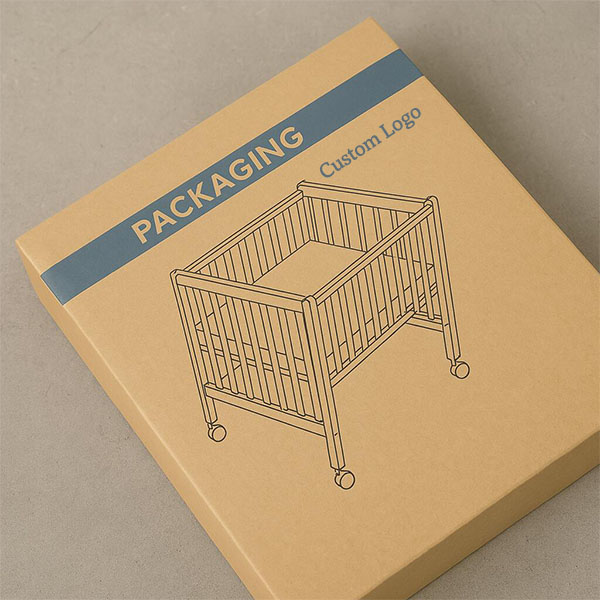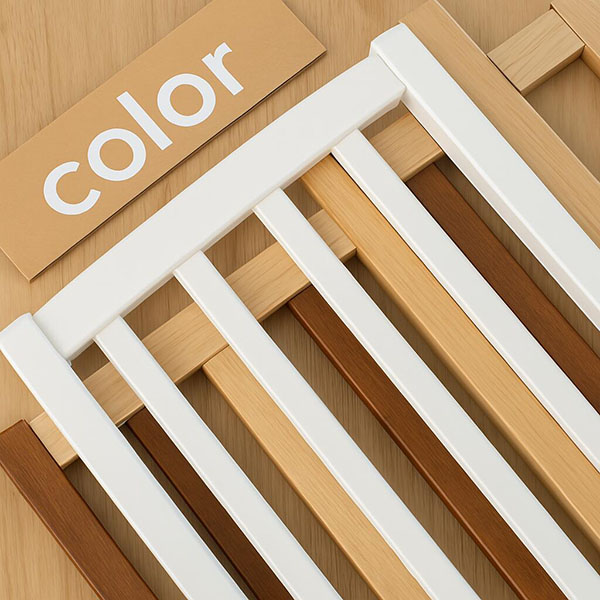Exploring Baby Crib Features and Materials
Selecting the ideal crib for your baby involves understanding various features and materials that contribute to safety, functionality, and aesthetic appeal. This guide delves into the key aspects to consider when choosing a crib, ensuring a secure and comfortable environment for your little one.Selecting the ideal crib for your baby involves understanding various features and materials that contribute to safety, functionality, and aesthetic appeal. This guide delves into the key aspects to consider when choosing a crib, ensuring a secure and comfortable environment for your little one.
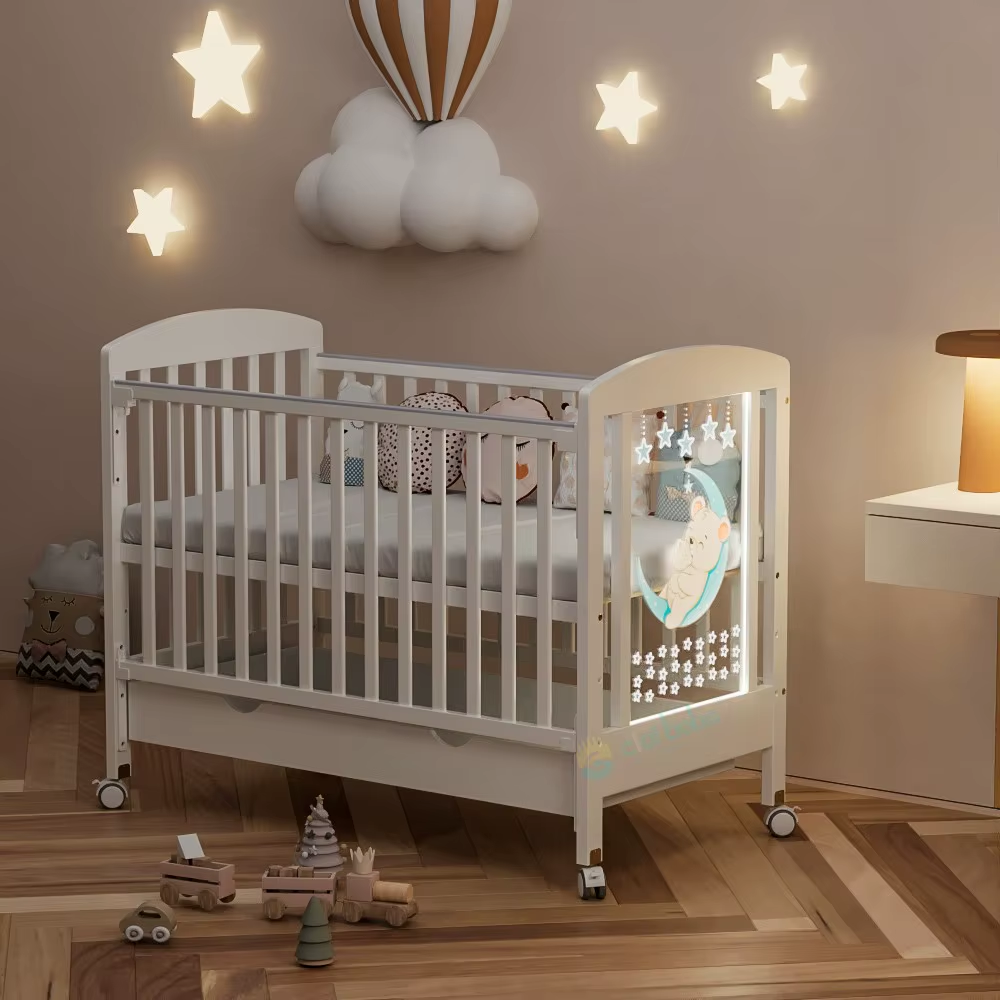
Essential Crib Features
-
Adjustable Mattress Heights
Cribs with adjustable mattress platforms allow you to change the mattress height as your baby grows. Starting with a higher position facilitates easy access to newborns, while lowering the mattress prevents adventurous infants from climbing out as they become more mobile.
-
Convertible Designs
Convertible cribs adapt to your child’s developmental stages, transforming from a standard crib into toddler beds, daybeds, and even full-size beds. For instance, the Delta Children Emery 4-in-1 Convertible Crib transitions seamlessly through various stages, offering long-term usability. citeturn0news9
-
Safety Standards Compliance
Ensure the crib adheres to current safety regulations, such as fixed sides (as drop-side mechanisms have been banned due to safety concerns), appropriate slat spacing to prevent head entrapment, and the absence of protruding hardware. The U.S. Consumer Product Safety Commission (CPSC) has established stringent guidelines to enhance crib safety. citeturn0search1
-
Teething Rails
Teething rails protect the crib’s finish and provide a safe surface for babies who tend to chew on crib edges during teething phases.
-
Storage Options
Some cribs incorporate built-in storage solutions, such as drawers or shelves, offering convenient space for bedding, diapers, and other essentials.

Common Crib Materials
-
Solid Wood
Solid wood cribs are renowned for their durability and classic appeal. Hardwoods like oak, maple, and beech are particularly sturdy choices. Opting for cribs made from 100% solid wood with non-toxic, water-based finishes ensures a safe and long-lasting product. citeturn0search0
-
Engineered Wood
Engineered wood, such as medium-density fiberboard (MDF), is often used in crib construction due to its affordability and versatility. However, it’s essential to verify that the materials are free from harmful chemicals like formaldehyde to ensure your baby’s safety.
-
Metal
Metal cribs offer a sleek, modern aesthetic and are typically constructed from iron or aluminum. They are highly durable and can add a distinctive style to the nursery.
-
Bamboo
As a sustainable and eco-friendly option, bamboo cribs are gaining popularity. Bamboo is naturally strong and provides a unique, contemporary look. Ensure that any bamboo crib meets established safety standards.
-
Eco-Friendly and Organic Materials
For environmentally conscious parents, cribs made from organic materials with non-toxic finishes are available. These options minimize exposure to potentially harmful substances and support sustainable practices.
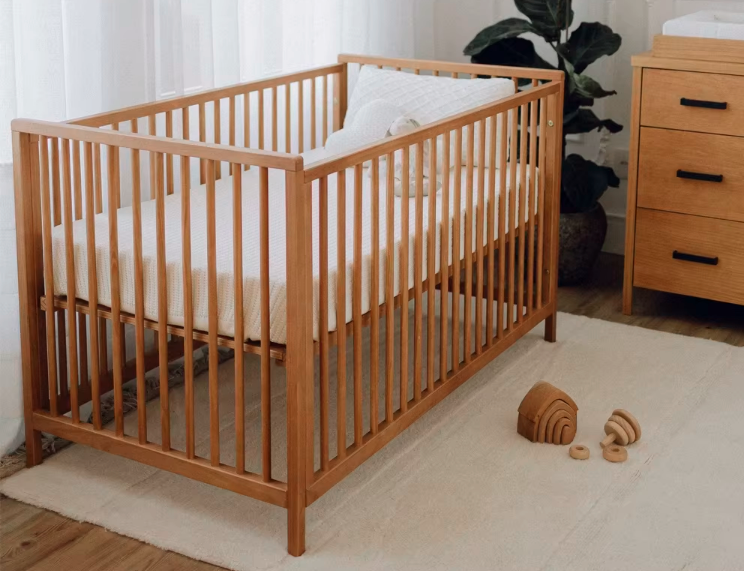
Safety Considerations
-
Mattress Fit: The crib mattress should fit snugly within the crib frame, leaving no gaps where a baby could become entrapped.
-
Slat Spacing: Slats should be spaced no more than 2 3/8 inches apart to prevent head entrapment.
-
Sturdy Construction: Regularly inspect the crib for loose or missing hardware and ensure all components are securely fastened.
-
Non-Toxic Finishes: Choose cribs with finishes that are free from lead, phthalates, and other harmful chemicals.
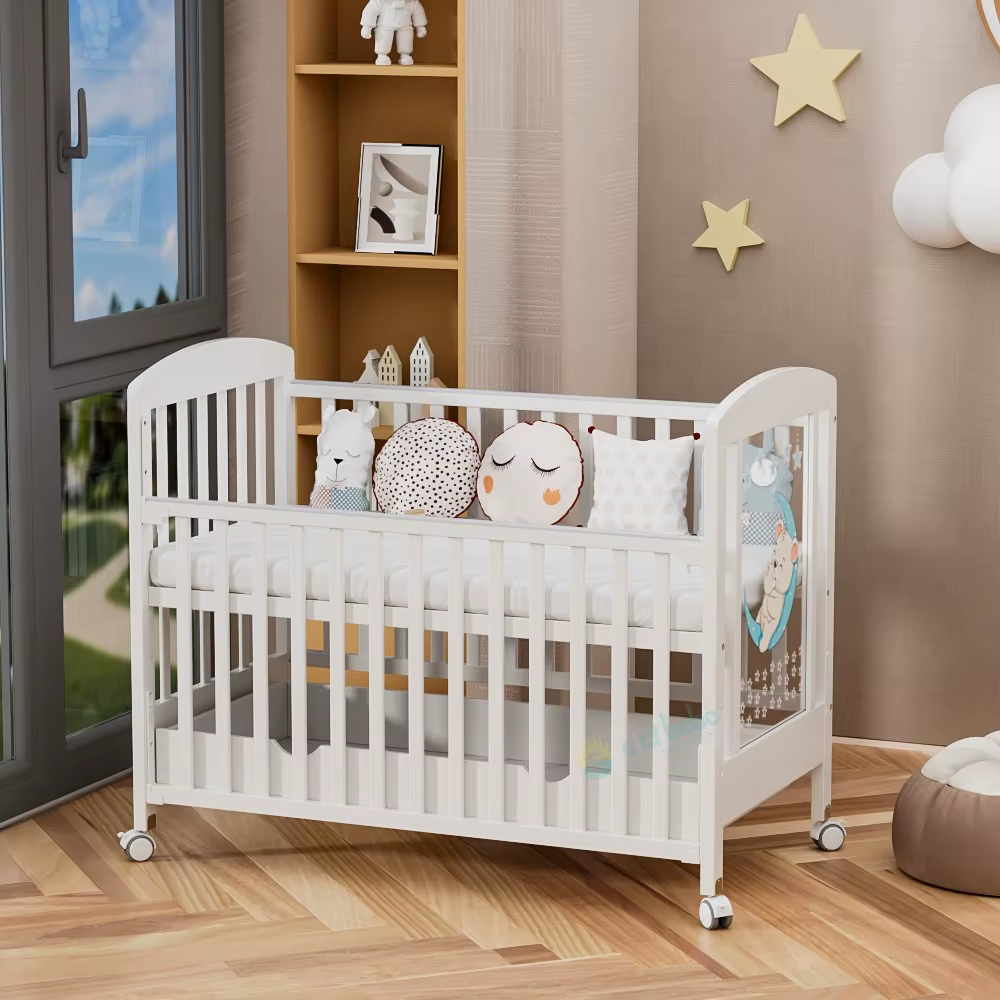
Conclusion
When selecting a crib, carefully evaluate the features and materials to ensure they align with your safety standards, functional needs, and aesthetic preferences. By understanding the various options available, you can make an informed decision that provides a secure and nurturing environment for your child.

